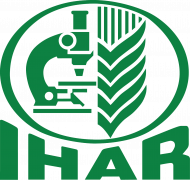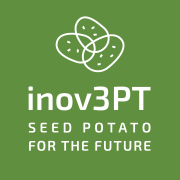Abstract
Potato (Solanum tuberosum L.) is an important food and cash crop of India. An important constraint in potato cultivation in Deccan Plateau of India is non-availability of quality seed tubers. Many certified cultivars are readily available, but their quality check pertaining to viral infection is neglected. This study was made to determine the infection level of potato viruses in certified seed potatoes of Kufri Jyoti, a popular cultivar of the Deccan Plateau region. The seed tubers were originally collected from selected stores of Hassan and Chikkamagaluru markets, from where the growers procure seeds for cultivation, and tested for PVY and PLRV viruses through DAC-ELISA. The highest prevalence was of PVY (59.1% to 66.9%), whereas 15.2% to 19.8% of PLRV infection was found. As these infected tubers serve as a major source for field incidence of viruses, further studies were made in the field. The influence of PVY infection level in seed tubers on the secondary spread, growth and yield parameters was determined. Virus incidence was lowest (27.1%) in potato plants grown from tubers with 0% PVY infection but increased steadily with 10, 30 and 50%, and the highest incidence (100%) was with 100% infected tubers. The incidence and spread of virus in the field could be explained by both prior infections of seed tubers with PVY and field transmission through aphids. The slowest plant growth and lowest tuber yield were recorded with tubers having 100% infection of PVY. This study strongly emphasized the need to refocus on improving the health status of seed tubers, on farm management of aphids, and spread of virus.















